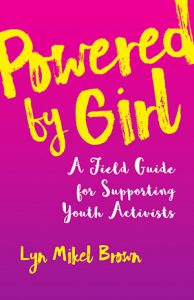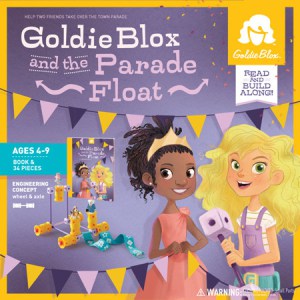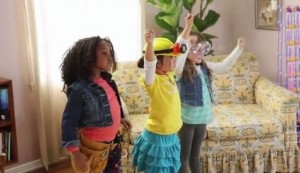I didn’t start out wanting to be a gun violence expert, and, arguably, I am not one. But violent events keep repeating and hitting closer and closer to home. My neighborhood grocery store, King Soopers, made headlines 2 years ago when 10 neighbors were killed there. Right now, we are focused on the devastating events in Buffalo and Uvalde and a shooting that killed 4 in Tulsa just yesterday. I can think of little else. I am also increasingly aware of the arguments about gun violence being caused by mental health issues. As a clinical psychologist and recently retired Teaching Professor at CU Boulder, my strategy for dealing with topics that make me uncertain is to look at the science. Today I’ve asked myself to do what I ask my students to do: Look at the science and beware the b.s.
What are the facts about the supposed correlation between mental health and gun violence? Here’s what I found:
Over and over again, scientific studies have demonstrated that people with mental illness are more frequently victims of violence, rather than perpetrators of violence. Mental illness is not a reliable predictor of violence towards others, but is a predictor of suicide. People with serious mental illness are somewhat more likely than people without such disorders to commit violence, but that rate was only 2.9% in one large scale study. The risk increases to 10% if substance abuse is added. That means 90% to 97% of folks with serious mental health disorders do not commit violence. And some mental health symptoms, including particular symptoms of depression, are associated with lower rates of violence.
Mass murderers are a small but clearly very concerning group. A 2018 Federal Bureau of Investigation (FBI) study of 63 active-shooter incidents between 2000 and 2013 found that 25% of shooters were known to have been diagnosed with a mental illness of some kind, ranging from minor to more serious disorders. But, and this is important, the FBI study concluded that diagnosed mental illness is not a very specific predictor of violence of any type, let alone targeted violence.
In a country that already stigmatizes mental illnesses, blaming gun violence on mental illness further stigmatizes a population that is already struggling. The research demonstrates that it just not helpful from a predictive or explanatory standpoint. But there are other factors, including social, economic, and life history that are contributing factors to violence, including:
- violent/angry thoughts; history of violence (not a mental health disorder)
- being in an unstable life situation (not a mental health disorder)
- being under stress, such as being bullied, going through divorce, job loss, and unable to cope (also not a mental health disorders)
- history of physical or sexual abuse (not a mental health disorder)
- disinhibition (that could be related to substance abuse, or even neurological immaturity) (not a mental health disorder)
Another factor is domestic violence – also not mental illness. We need to address the fact that 3 out of 5 mass shootings have been DV related and 68% either killed at least one partner or family member or had a history of DV.
A recent study reported that tremendous stressors (fear of death, social isolation, economic hardship, general uncertainty) from COVID-19 seem to have led to an uptick in mass shootings.
But here’s where the mental health and gun violence argument really falls apart: When we look at rates of mental health disorders around the globe about 1 in 7 people have one or more mental or substance abuse disorders. The US is no different – the rates of mental illness in US are comparable to rates in many parts of Europe, and a little lower than Australia, actually, but the rate of gun violence in our society is much higher: 25 times higher than in countries with similar economic development and similar social conditions.
What’s the difference? Access to guns. This access makes our rates of violence so much more alarming and lethal.
This is not to say that mental health professionals can’t be helpful in this important and tragic problem in our society. How could mental health professionals help?
- Advocate for increased access to mental health intervention for people who ARE in distress before violence or suicidality emerges. Ideally, these services could be available in schools, and require a significant increase in funding for school counselors and psychologists.
- Move towards models to accurately evaluate risk of violence. This tricky topic has been a focus of many scientific studies recently, because earlier efforts in this line of research were hampered by lack of funding for many years.
- Help individuals cope with after-effects of violence. Seventy-one percent of adults experienced fear of mass shootings as “a significant source of stress in their lives,”, according to a recent survey by the American Psychological Association.
- Help direct survivors of gun violence who exhibit posttraumatic symptoms and may need support for years to come.
- Help shape policy that can alleviate stressors on a broader scale.
- Voice, publicly and repeatedly, that mental health disorders are not THE culprit. They may sometimes be involved, but not in a reliable or predictable way. Instead, social, economic, cultural and psychological variables are in play here. The one thing that all of these instances of gun violence have in common is the availability of guns. Public policy and local ordinances must address this fundamental issue.
So, that’s my summary of the mental illness argument. It is a red herring that some folks hope will distract us from the real issue, which is ridiculous production of, access to and support for guns in the public square. I’ll keep studying. But my time—and yours I hope—is dedicated to action.
Dr. Tina Pittman Wagers is a clinical psychologist and Teaching Professor Emerita from CU Boulder. She taught classes in abnormal psychology, women’s mental health, and evidence-based psychological treatment for many years, and has also published in the area of psychosocial ramifications of Spontaneous Coronary Artery Dissection (SCAD).







